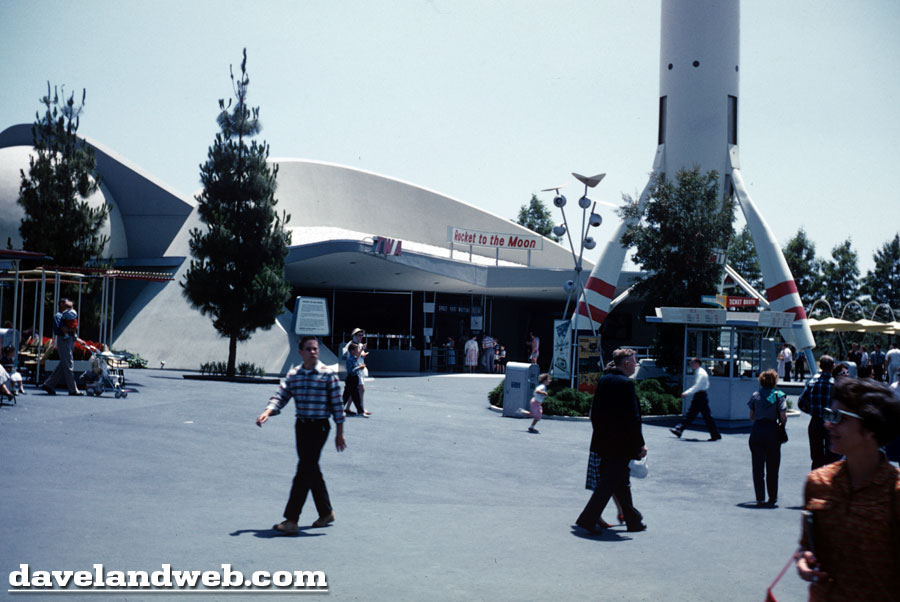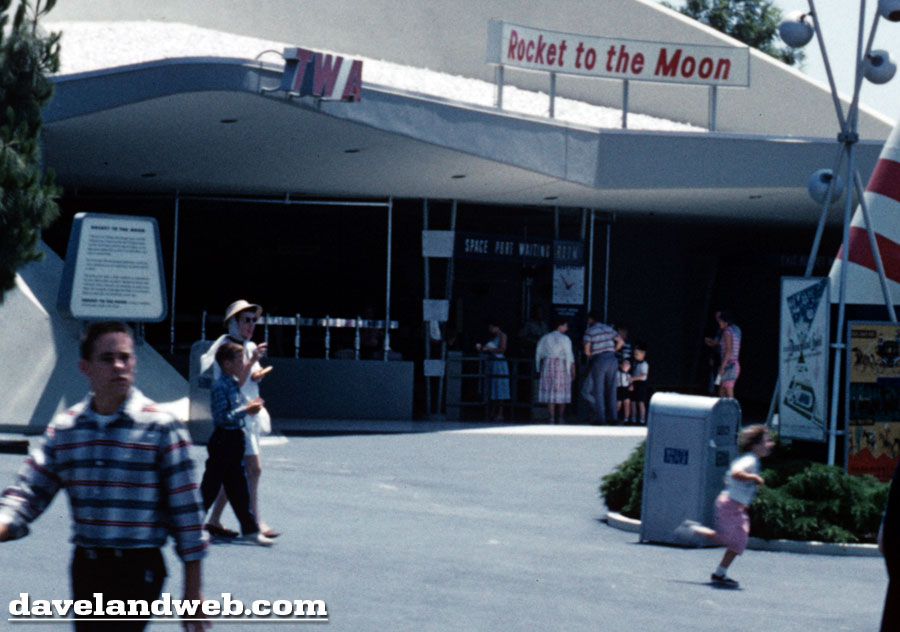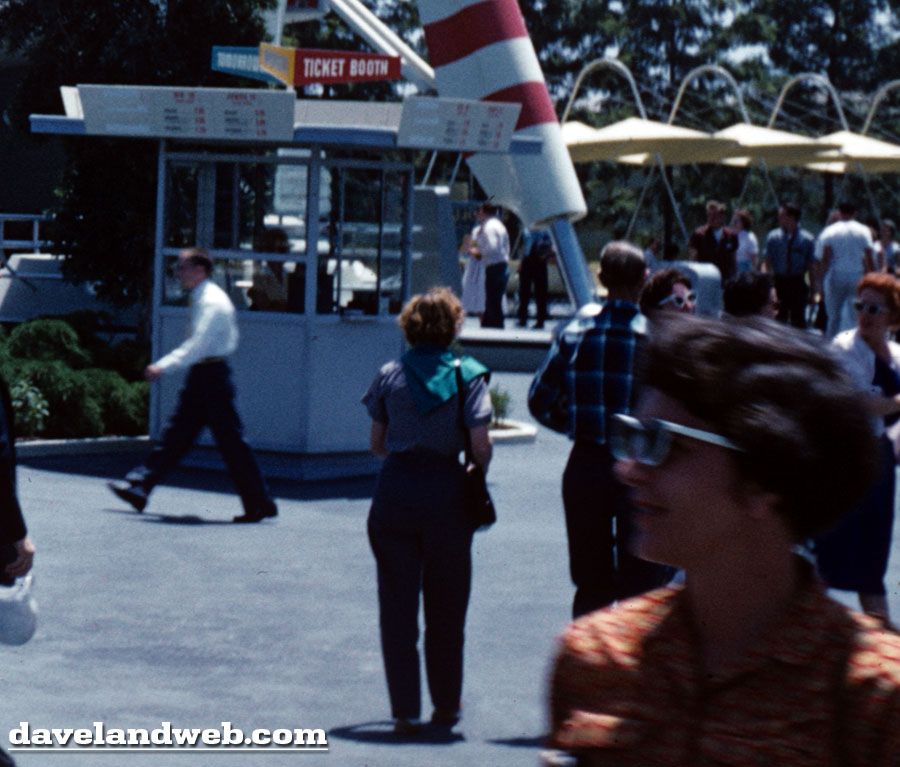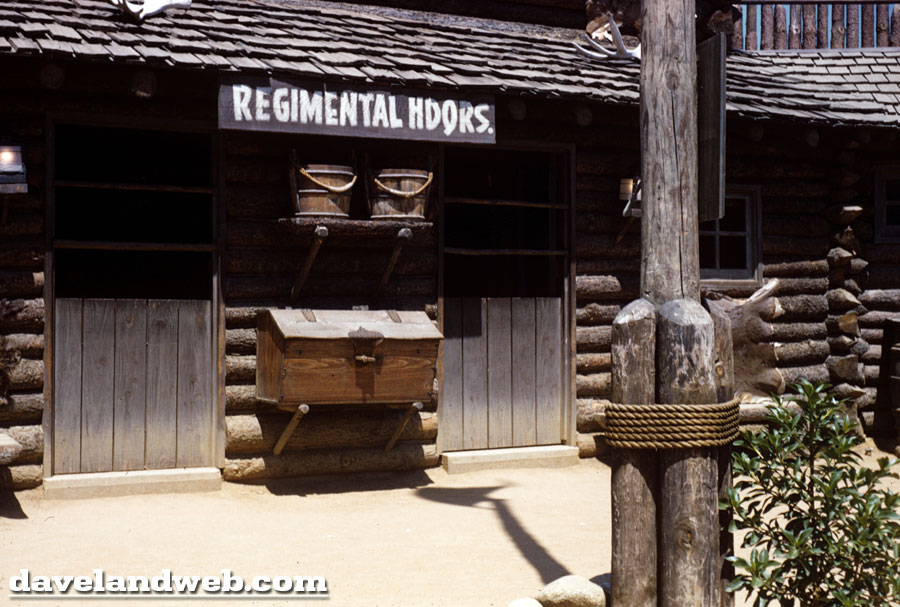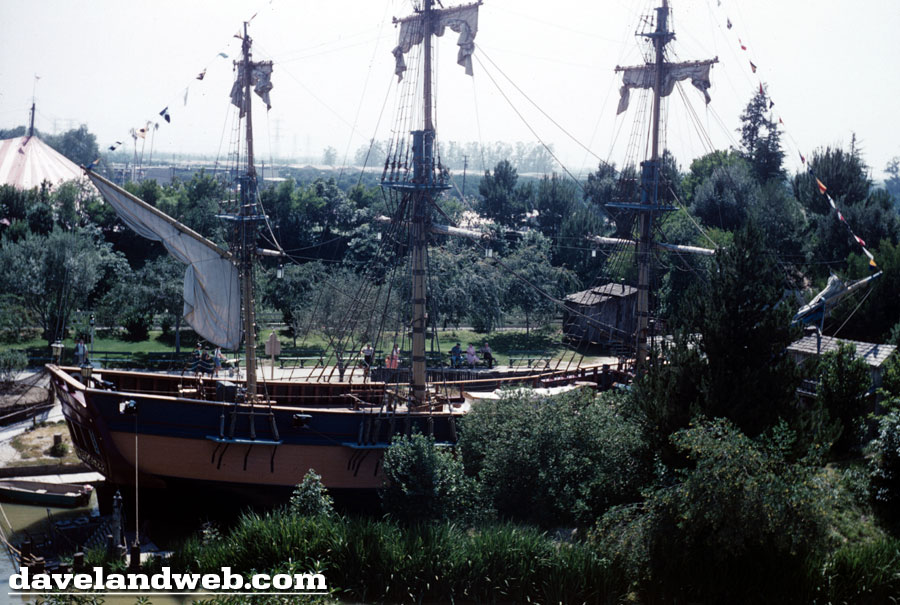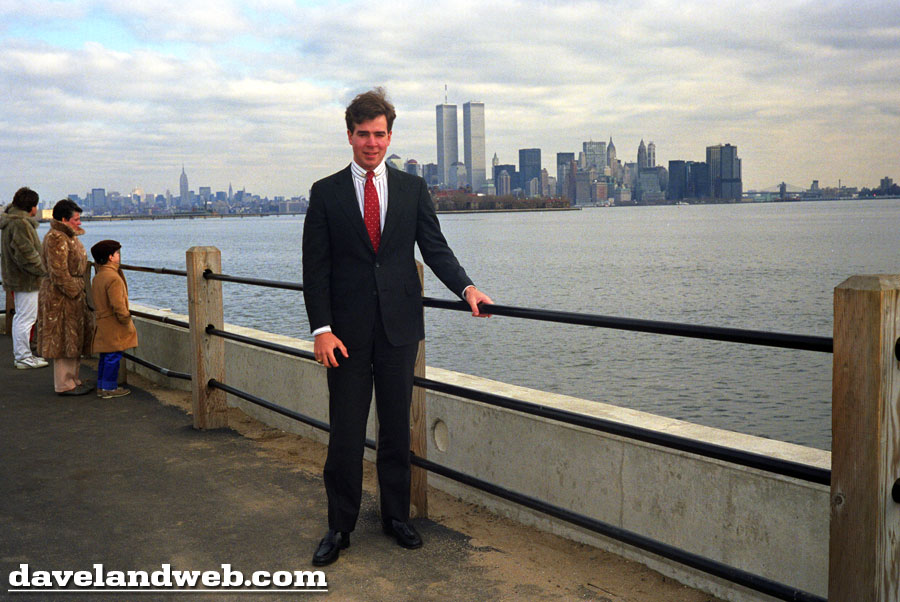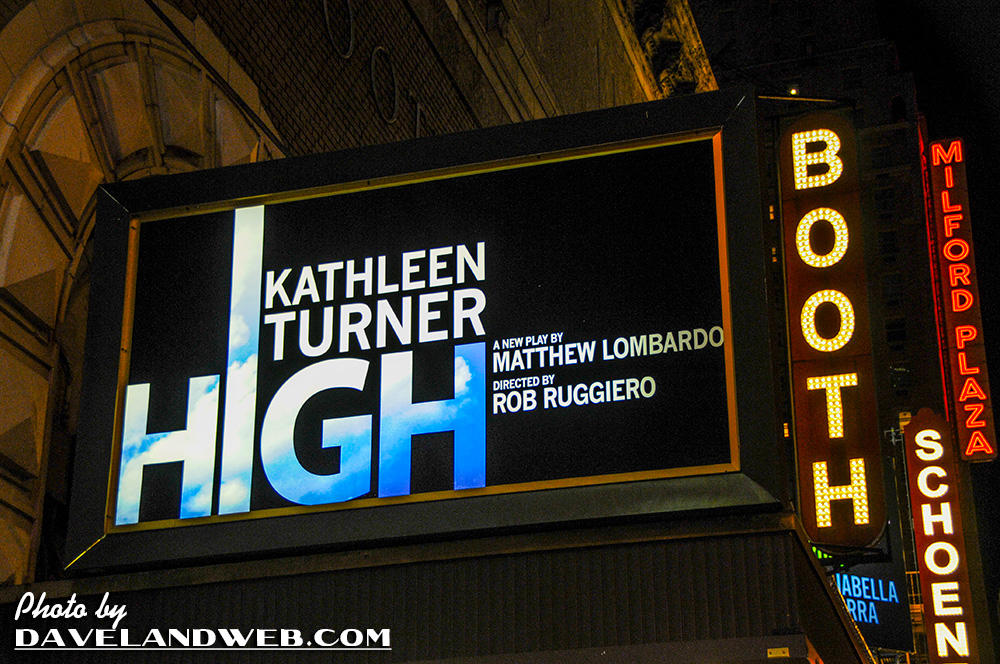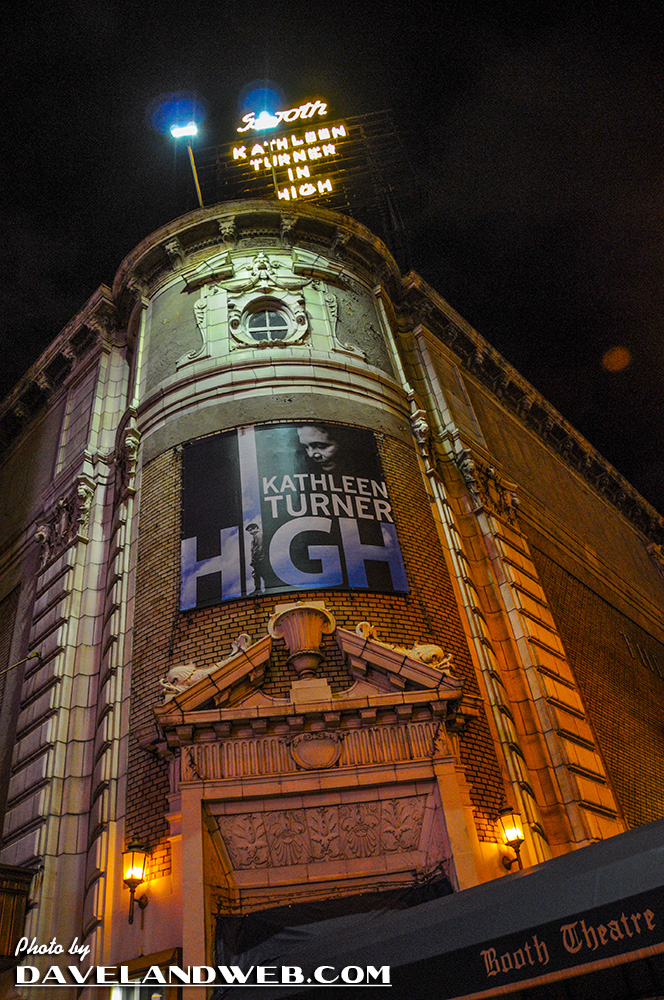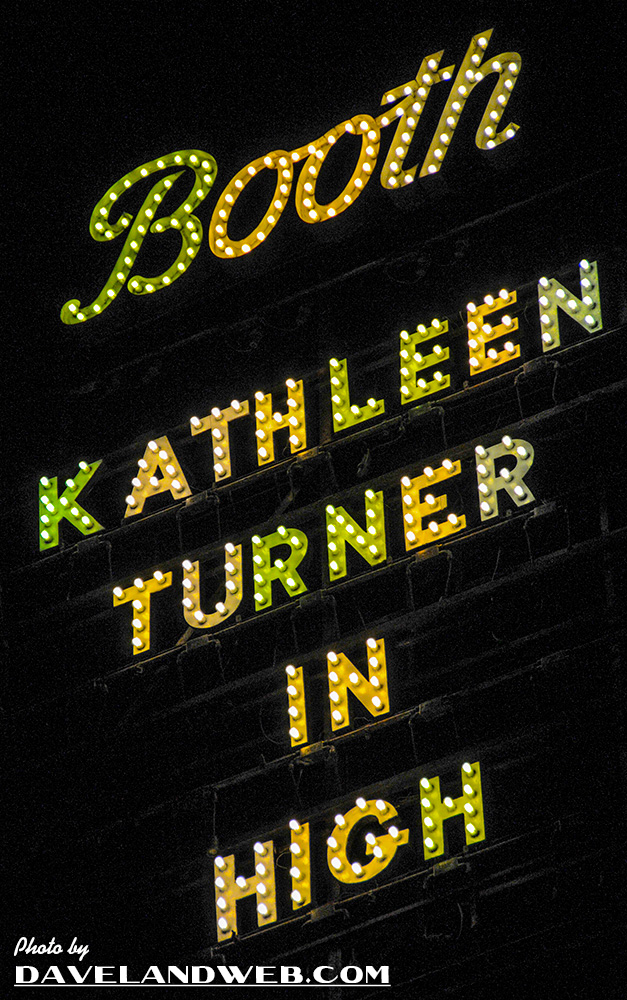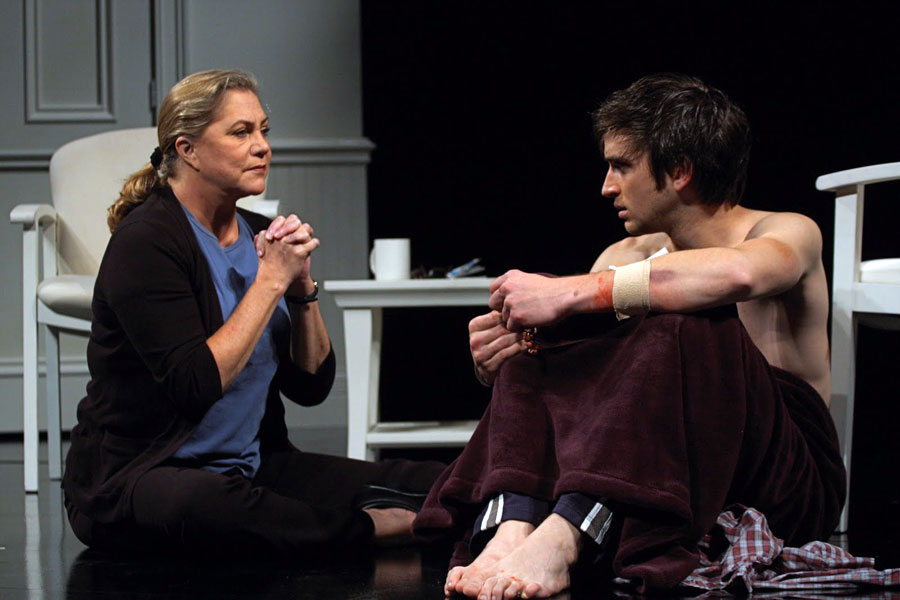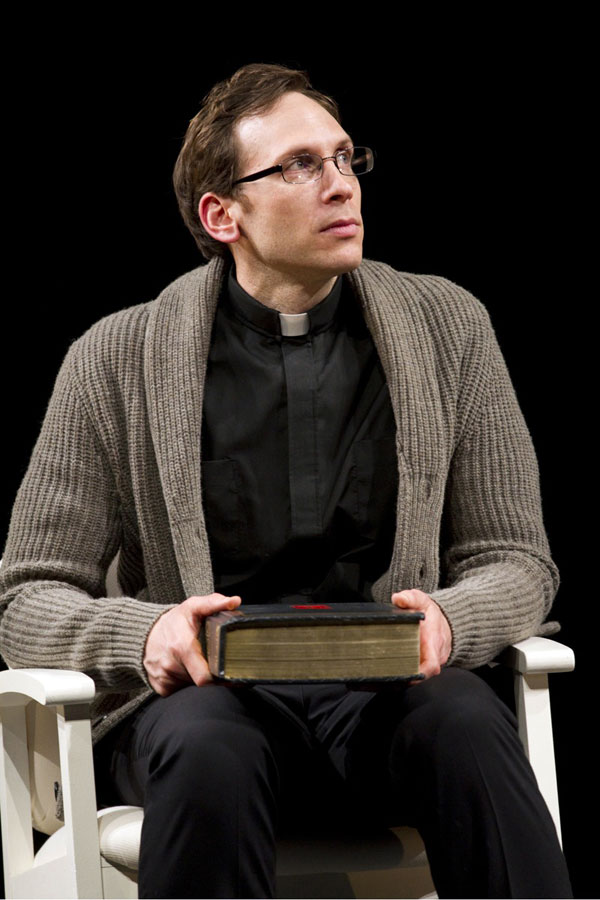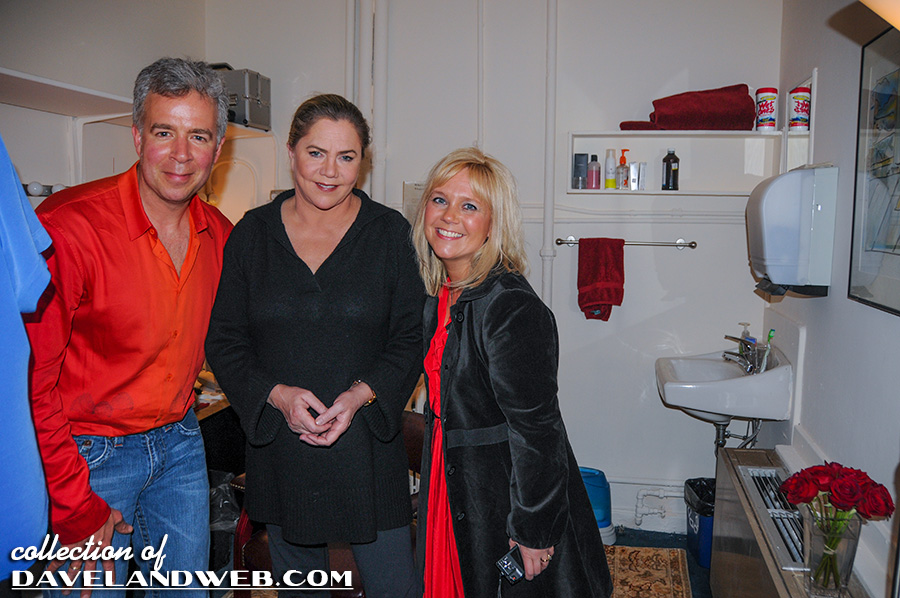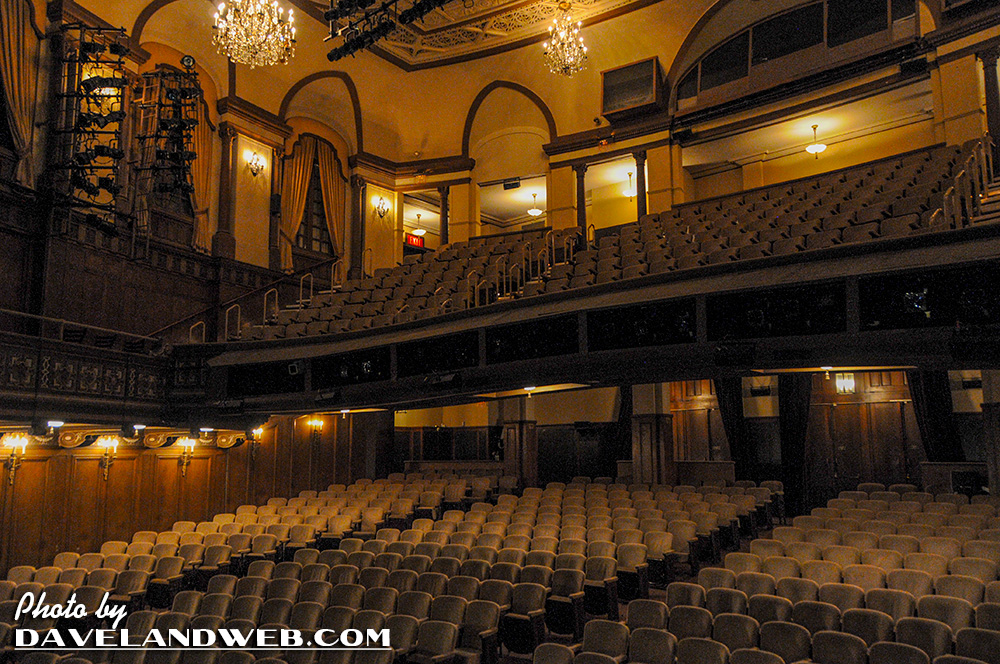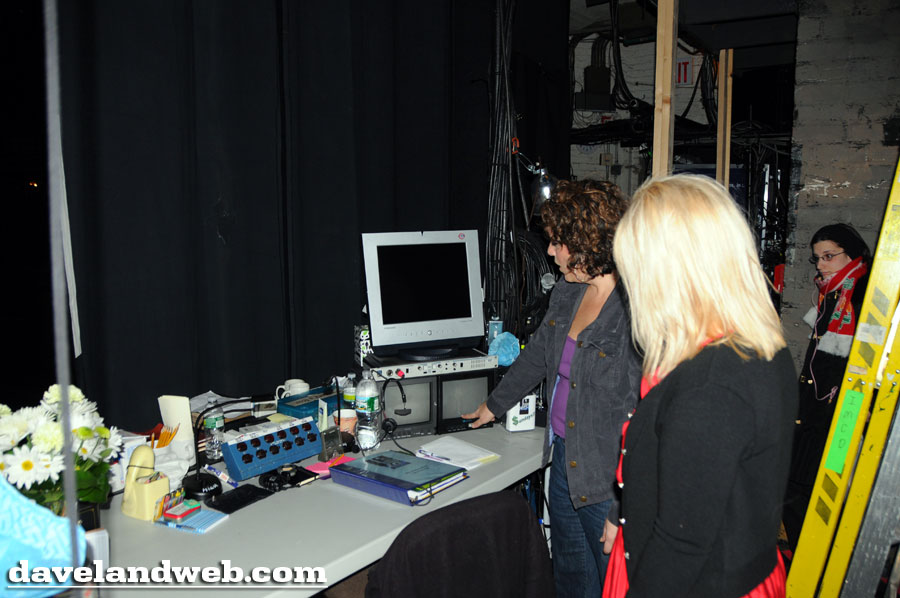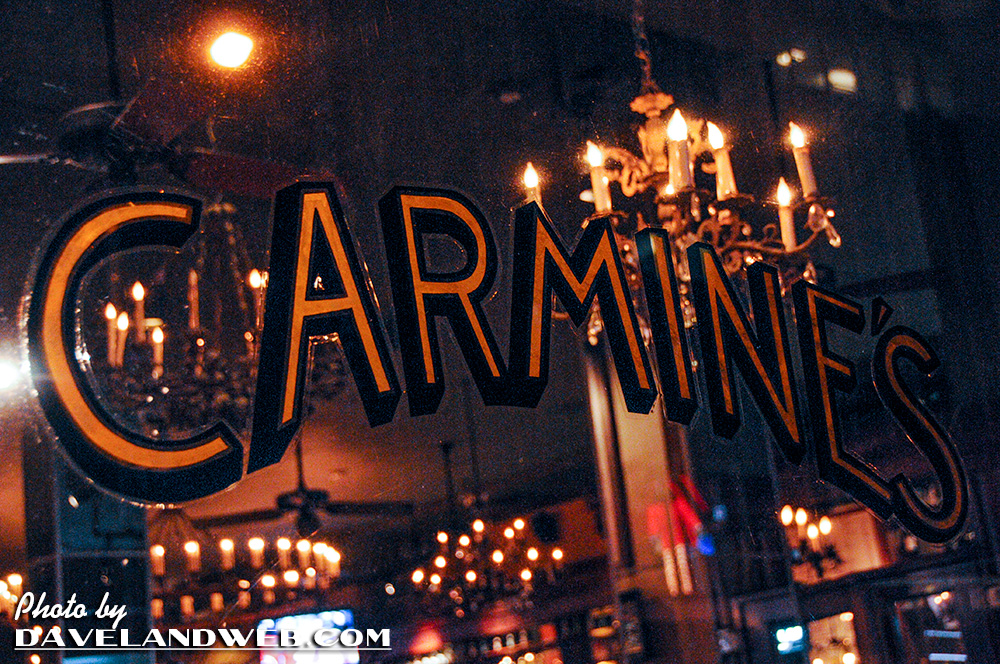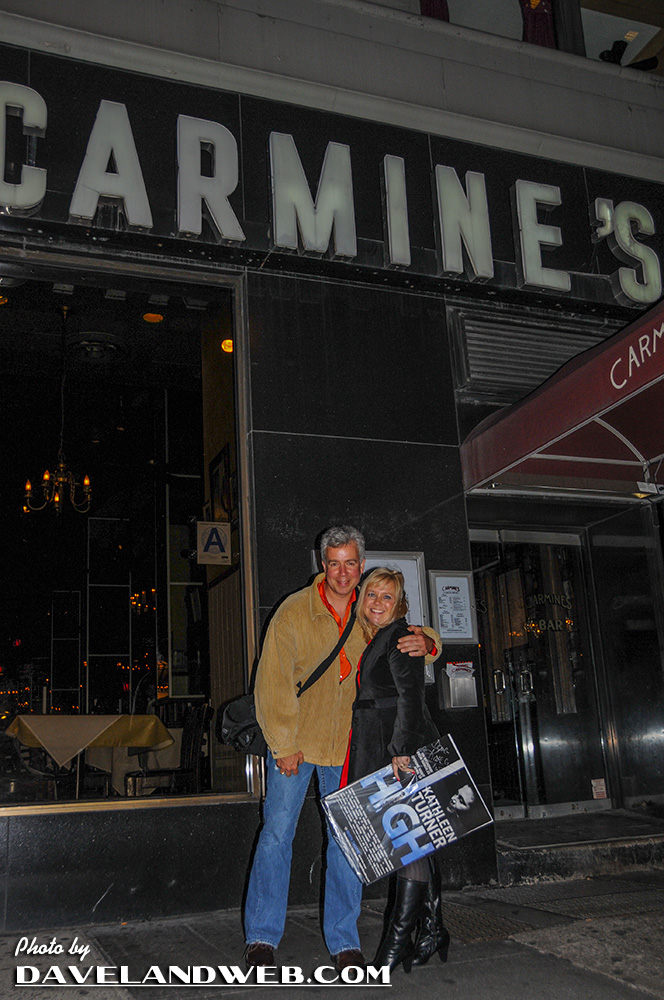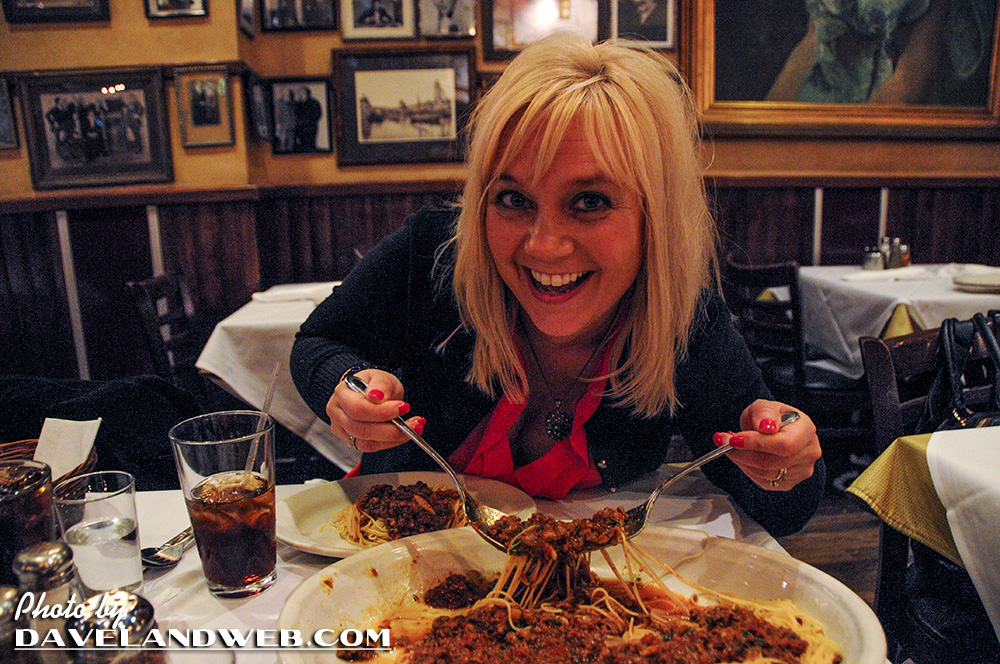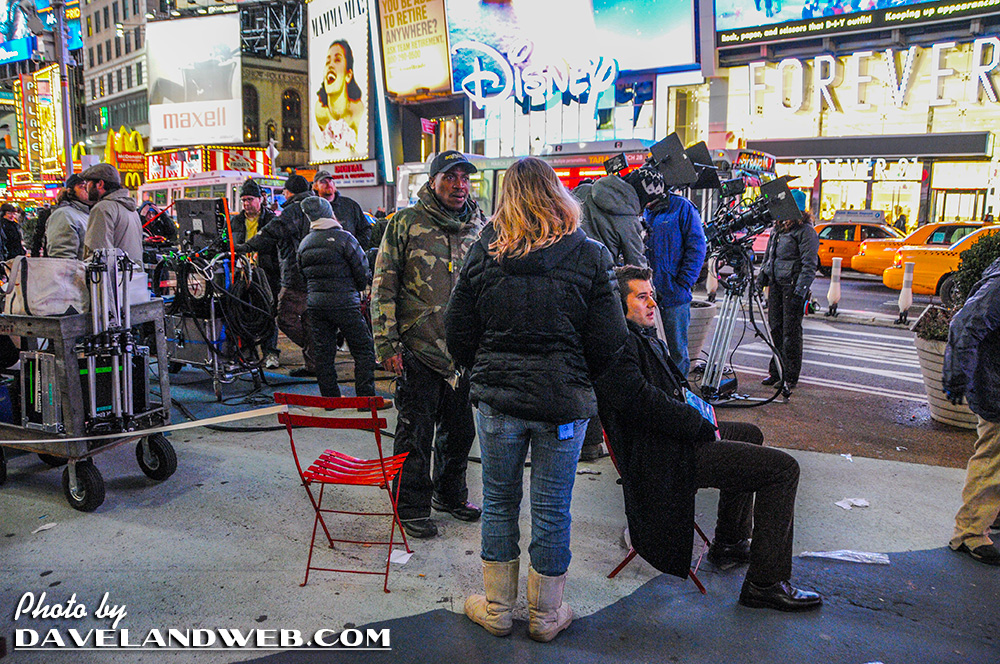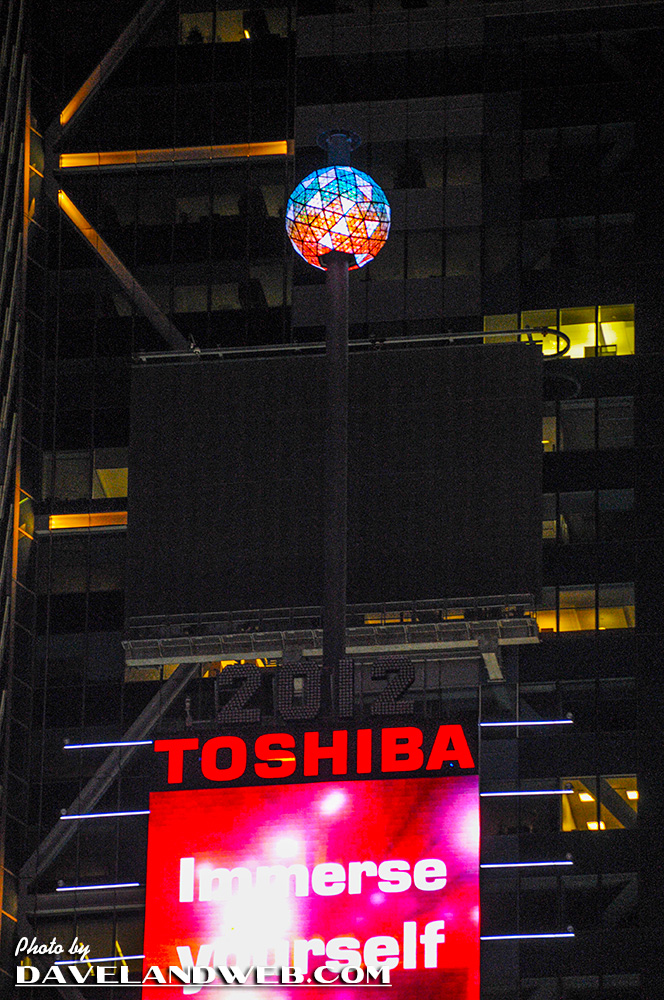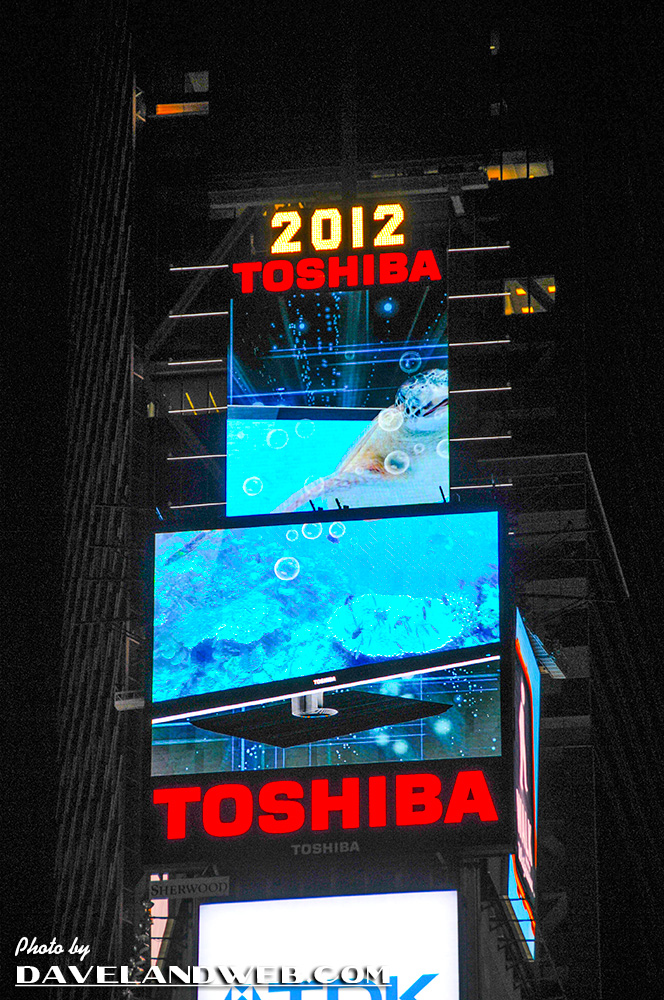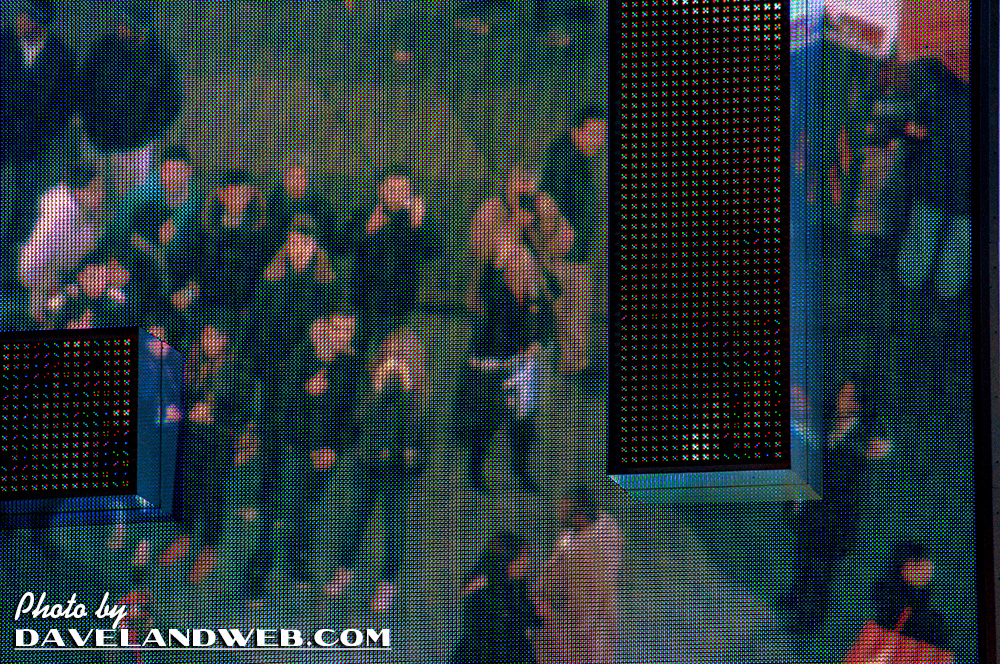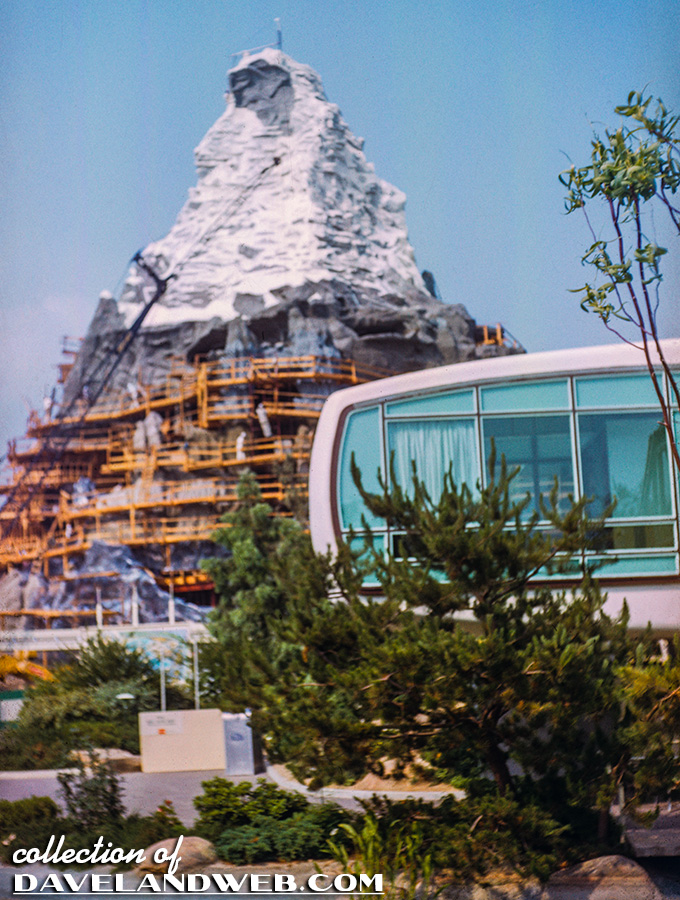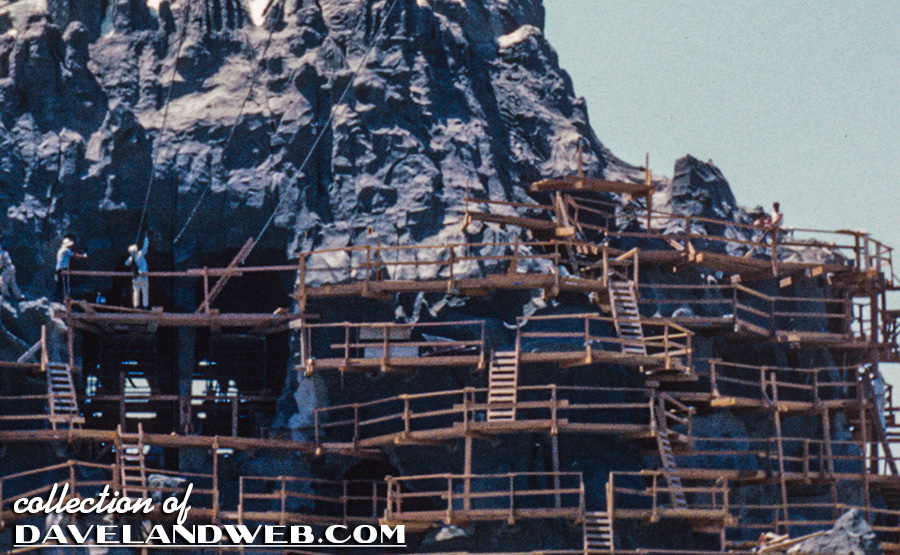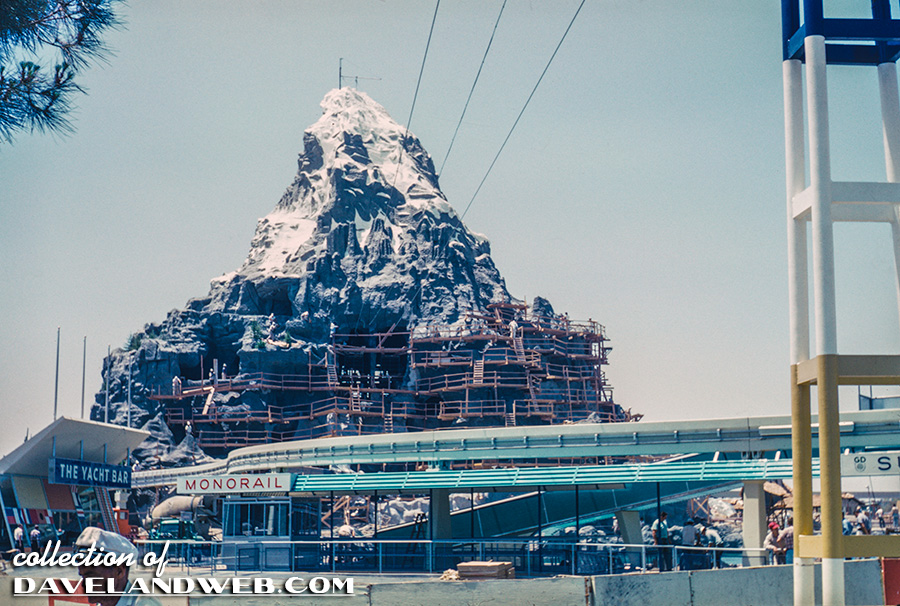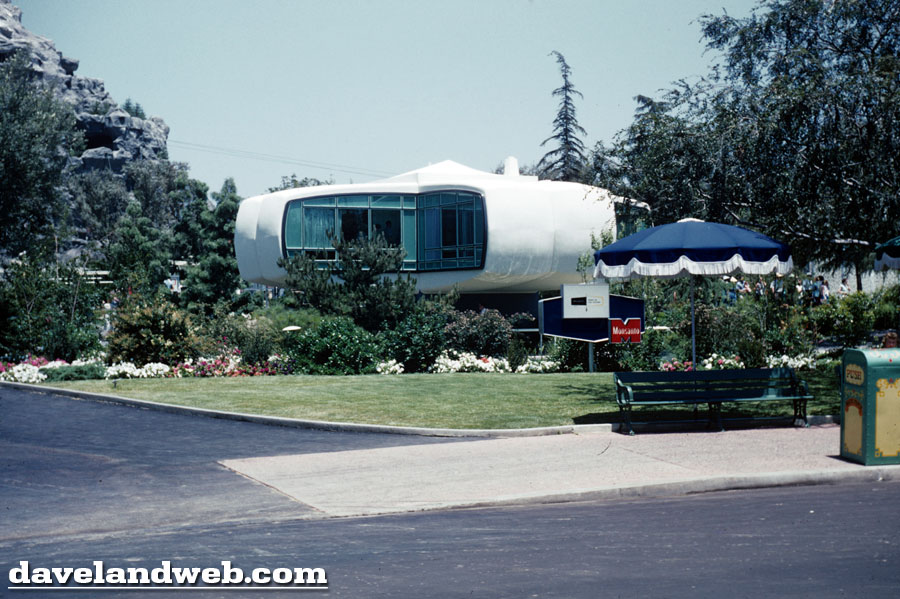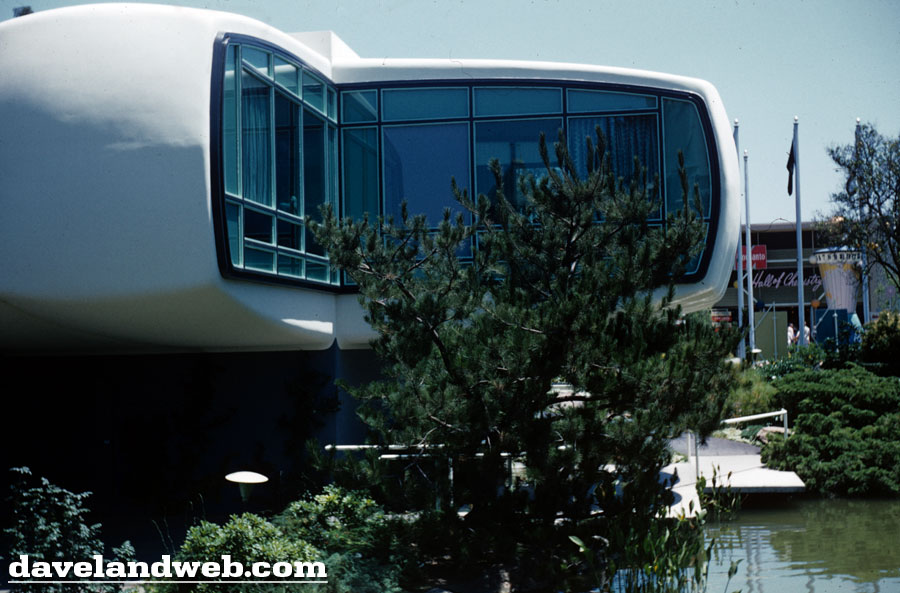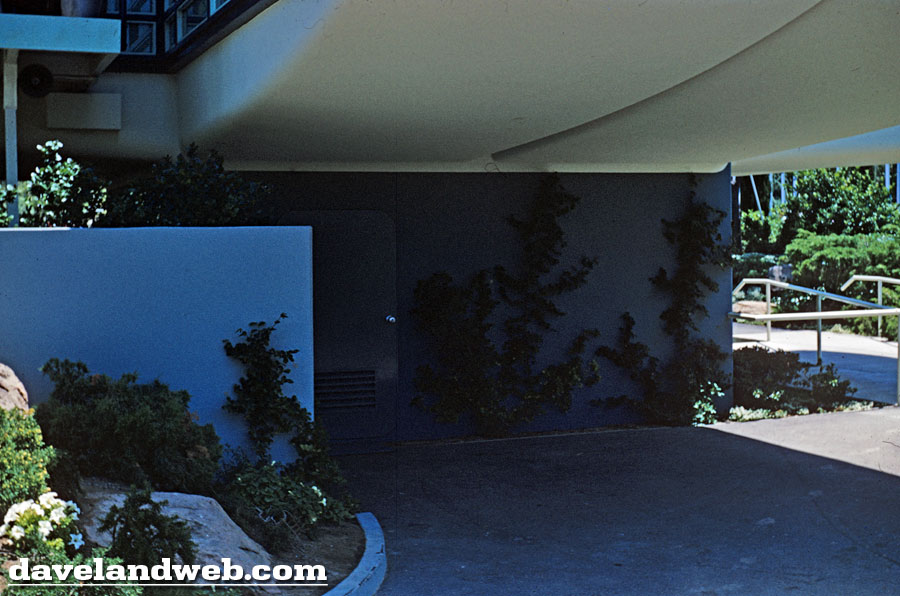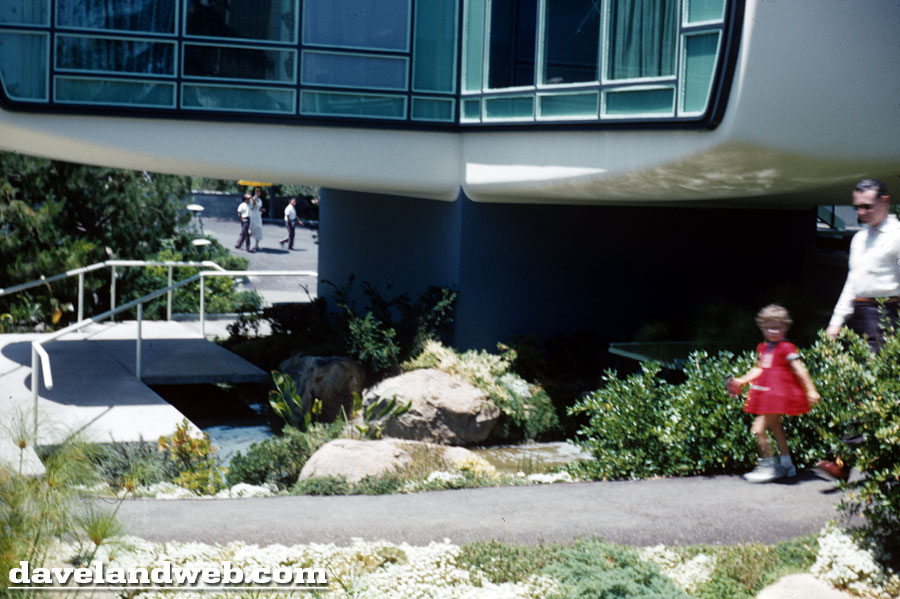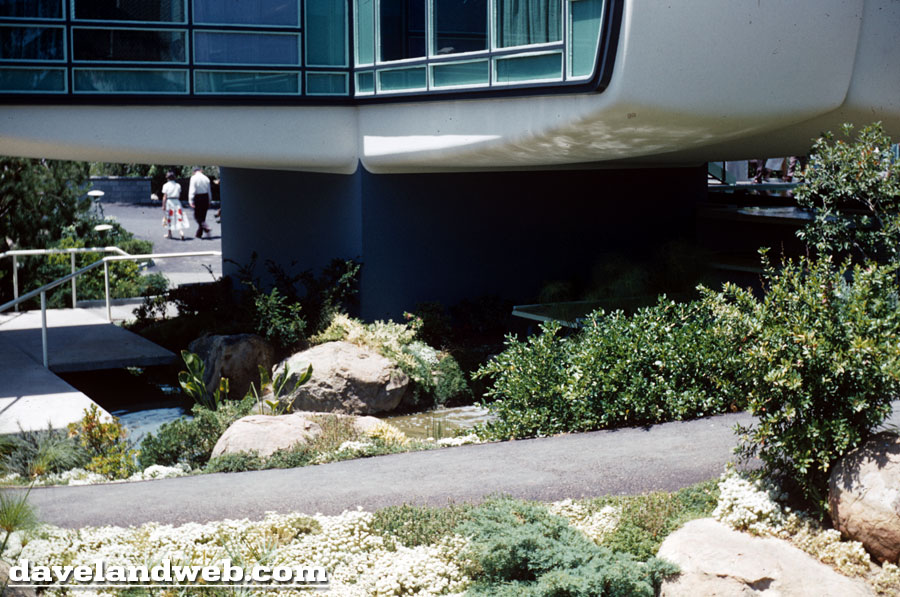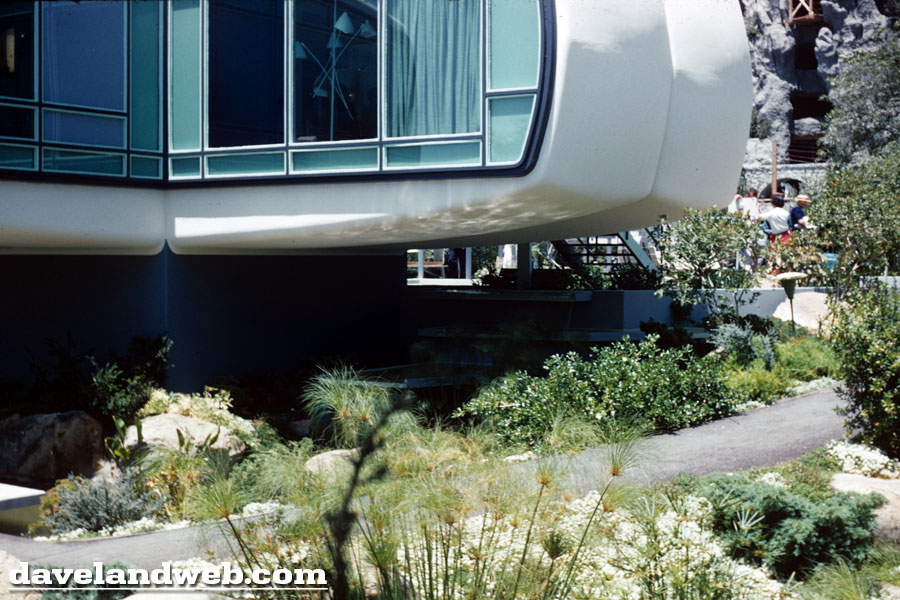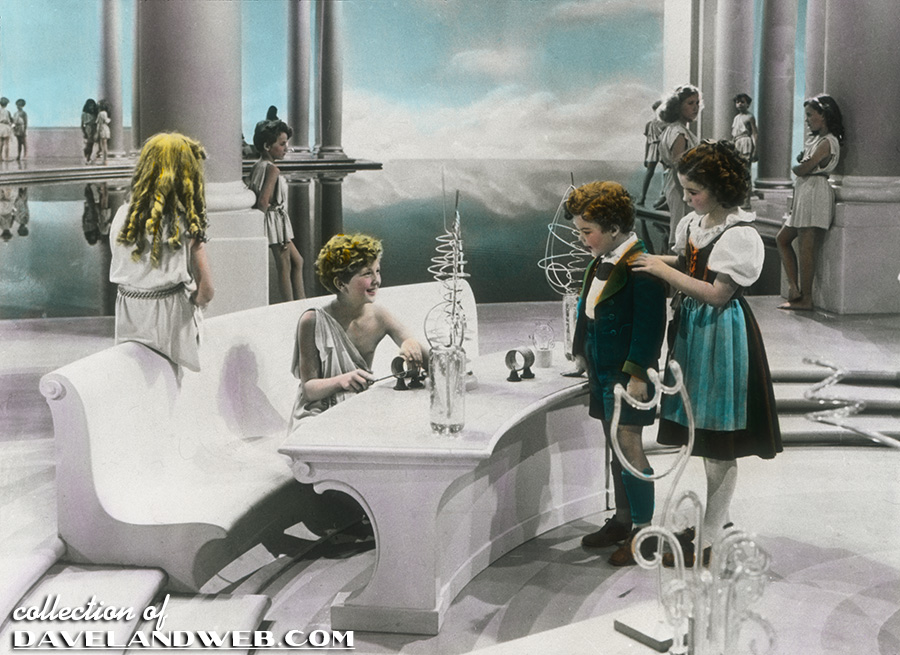
Continuing to celebrate Shirley Temple's birthday month of April, this post is about one of my fave (but not always appreciated) ST flicks, “The Blue Bird.”
Not wanting to tie up their number one star by loaning her out to another studio, 20th Century Fox declined MGM’s attempt to borrow Shirley Temple to star in “The Wizard of Oz.” In actuality, it was the number crunchers who wanted little Shirley in the first place; the creatives behind MGM’s lavish musical didn’t really want Shirley at all, but rather had their sights set on up-and-coming star Judy Garland. Although Shirley was physically closer in type to play Dorothy because of her younger age, Judy Garland was able to bring a realism through her vocal talents and natural acting ability that Shirley would not have been capable of. A less than impressive vocal audition for Roger Edens convinced MGM that Shirley was not right for the part, regardless of what Fox was willing to do.
Still, studio head Darryl Zanuck realized with the success of Oz that he might be able to make lightning strike twice by casting Shirley in a similar film. What ended up being created though was very different. “The Wizard of Oz” has some dark elements to it, such as the menacing Wicked Witch and Winged Monkeys, but overall, it is a jubilant and upbeat musical package wrapped up in a vivid technicolor bow. Released a few months later, “The Blue Bird” (1940) definitely ventured into darker areas than its MGM counterpart did. A very scary forest fire that kills off one of the main characters (but also helped the film get nominated for a Special Effects Oscar):
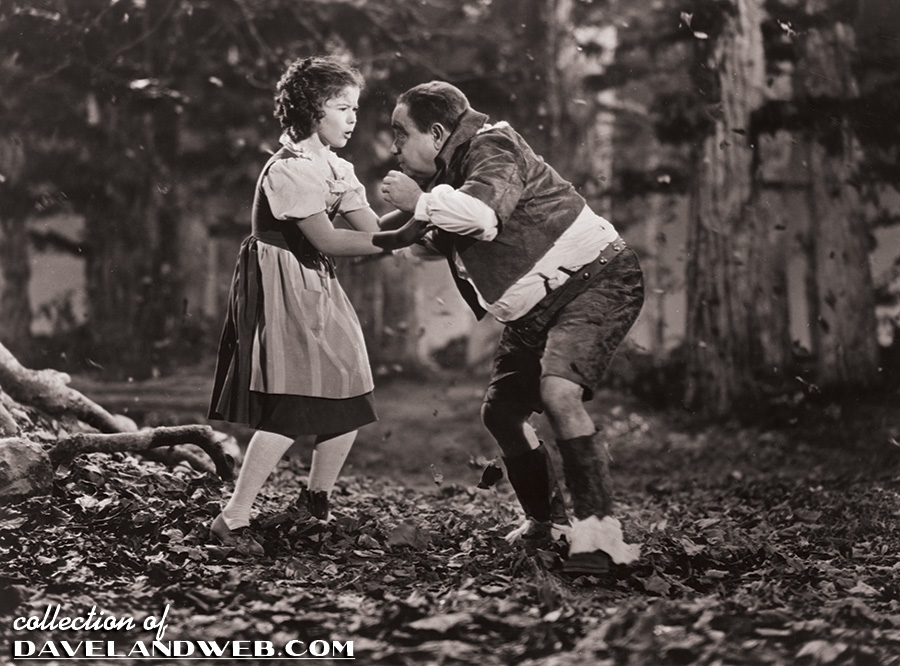
A visit to a cemetery at midnight:
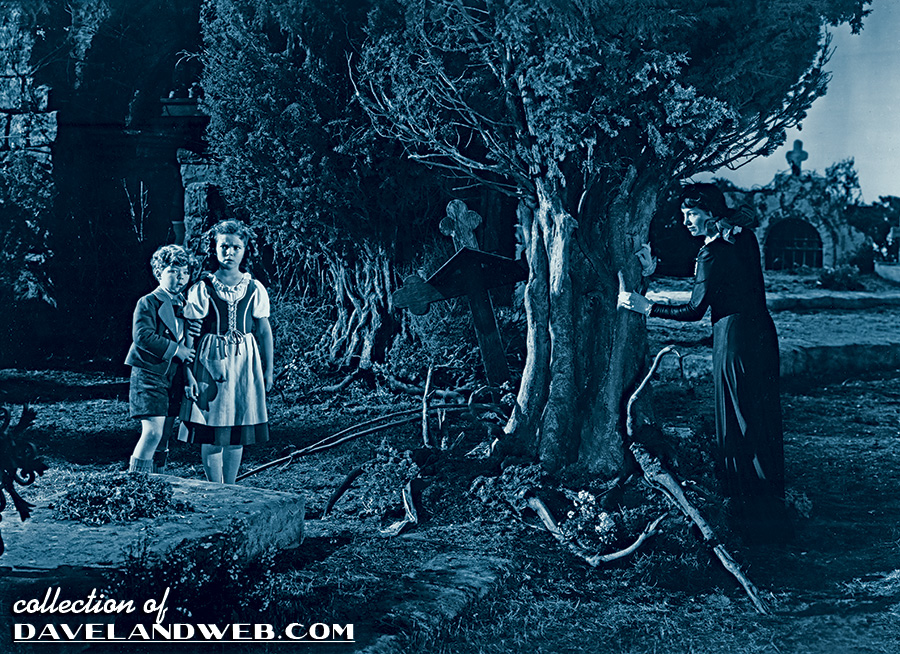
And a few slightly creepy stories, such as the visit with the dead grandparents:
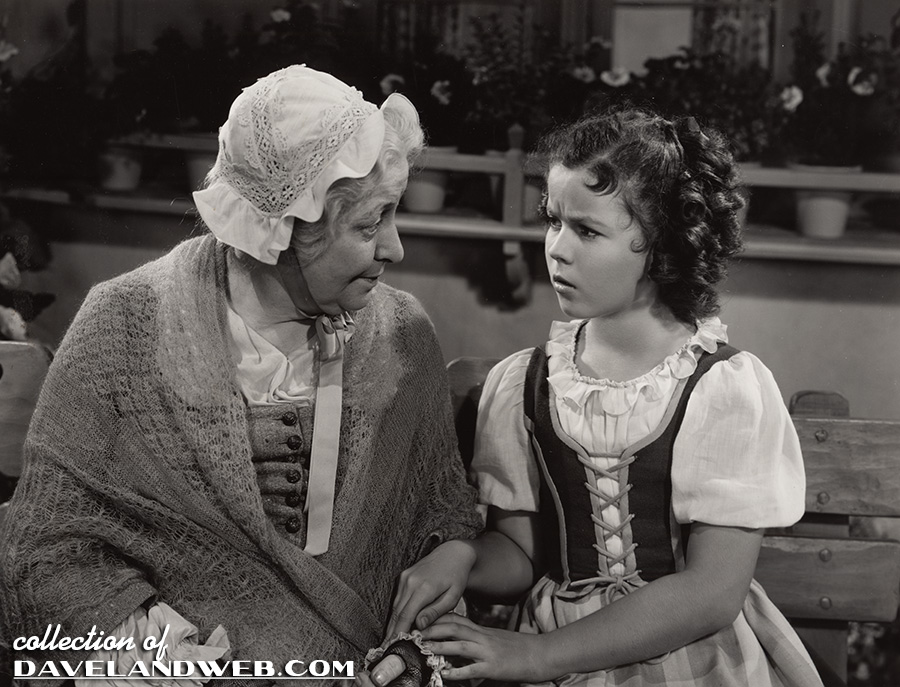
and a visit to the Land of the Unborn Children, where Mytyl (Shirley) and her brother Tyltyl (Johnny Russell) meet Abe Lincoln as well as their unborn sister who will die an early death:
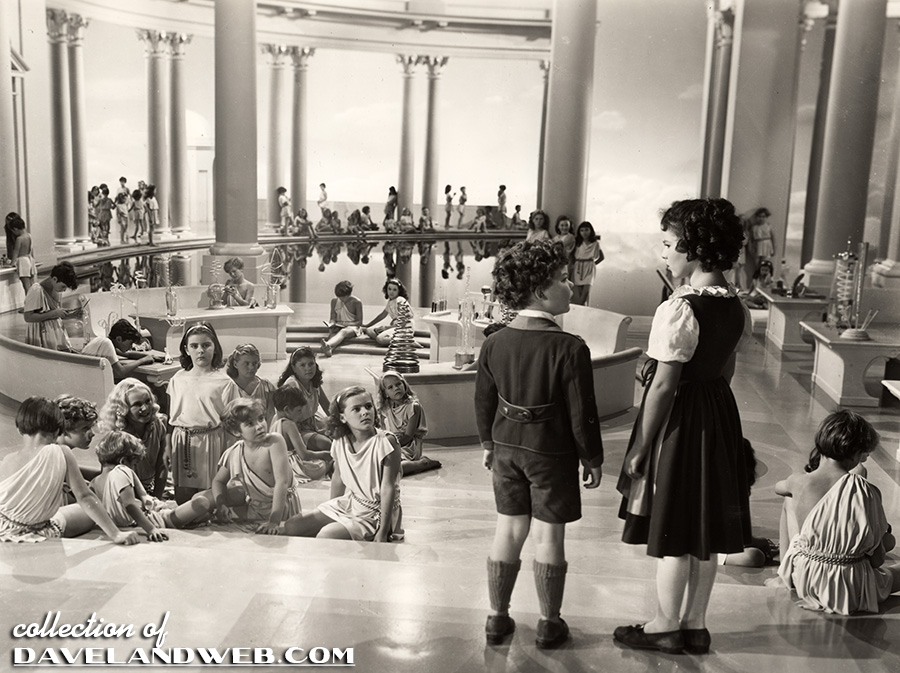
In addition, Shirley’s character, Mytyl, is a brat. Thoroughly unlikeable, Temple plays her with relish.
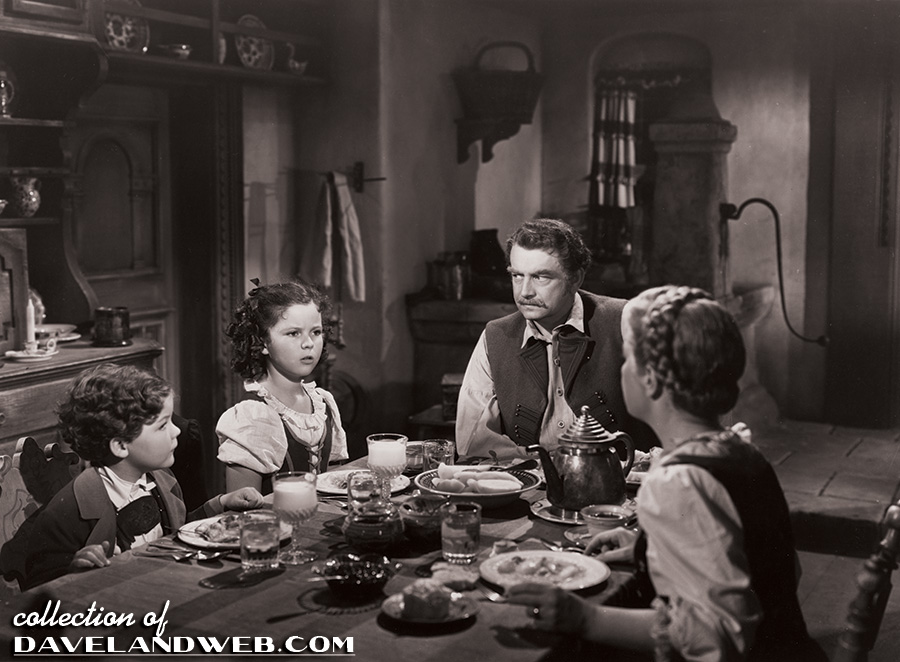
This was confusing for audiences at that time as they expected to see Shirley spreading sunshine as she had in all of her past successes. Let’s call this Strike One.
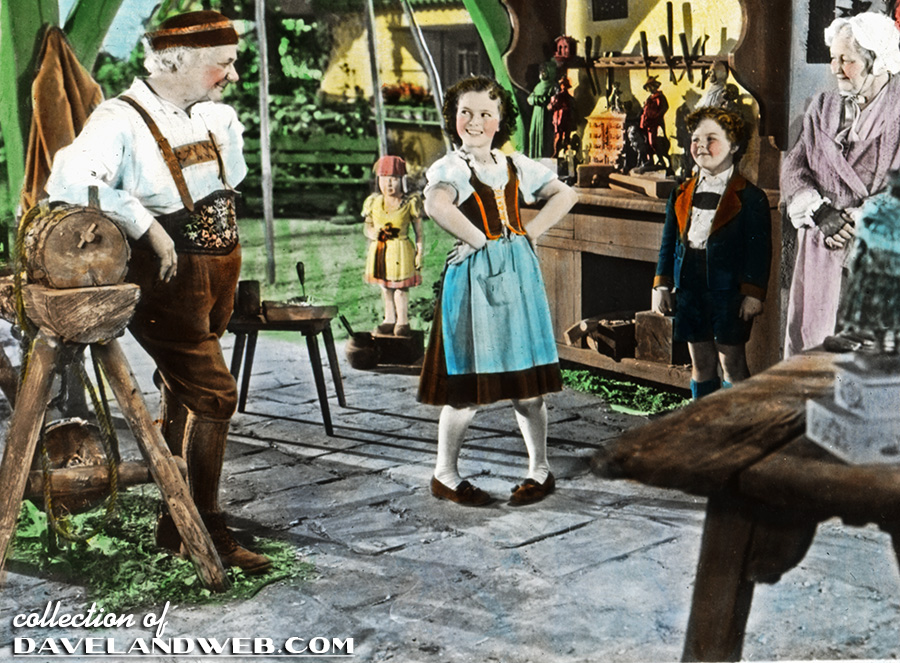
Whereas “Oz” had many memorable musical numbers that were elaborately staged, “The Blue Bird” had only one musical number, “La-de-O,” which was about as simple as could be. At this stage of the game, Shirley was almost 12 years old; no longer a precocious and natural child, her acting seemed less natural and at times, almost forced. Her dancing in this number also appears to be a little over-rehearsed, and not as natural and effortless as one would expect from a number that is supposed to appear off-the-cuff. A “nice” number, but given the heavy nature of some of the material in this movie, audiences who expected to be uplifted by memorable song and dance were deeply disappointed. We can call this Strike Two.
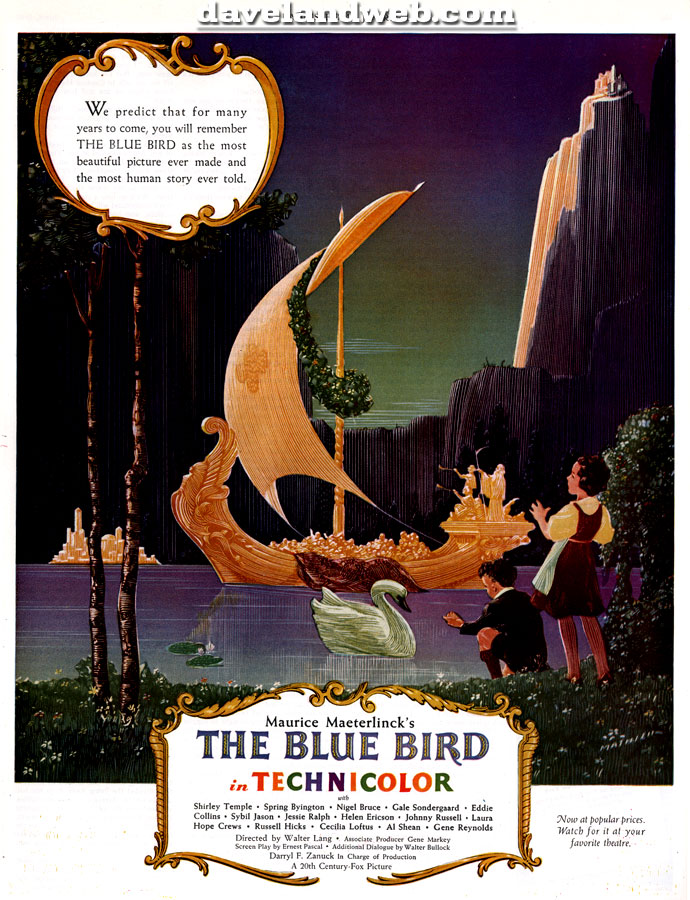
Last but not least, the promotion for this movie was also somewhat heavy. Going for an artistic and vague approach, the ads for the movie promised a rich and thought provoking cinematic experience. The artwork for the posters and advertisements was in the style of an Old World fairytale, which Fox believed would add prestige and a cerebral element to their motion picture that the “low-brow” “Wizard of Oz” lacked. Audiences of 1940 were just coming out of The Depression and entering World War II. They didn’t want something thought-provoking; they wanted a happy escape. “The Blue Bird” provided no escape. Yup...Strike Three.
Here is the lobby card from the movie’s original release; the artwork is gorgeous, somewhat reminiscent of a Maxfield Parrish piece.
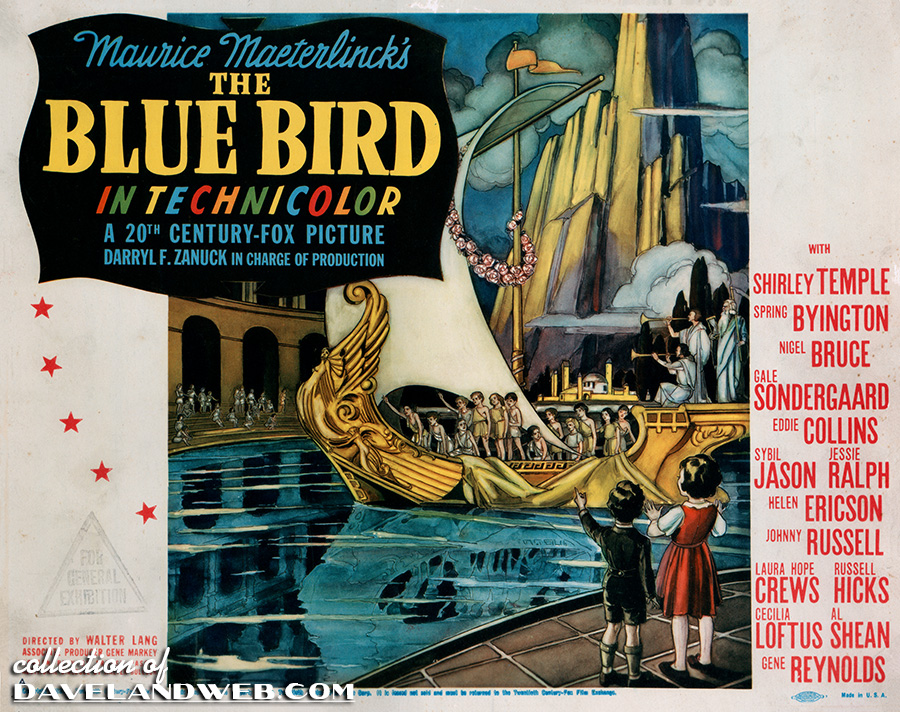
The studio tried hard for broad audience appeal; the character of “Light” (played by Helen Ericson) was a vision of beauty in her filmy almost transparent gown. Can you imagine what Alice Faye could have done with this role though? And with a song?
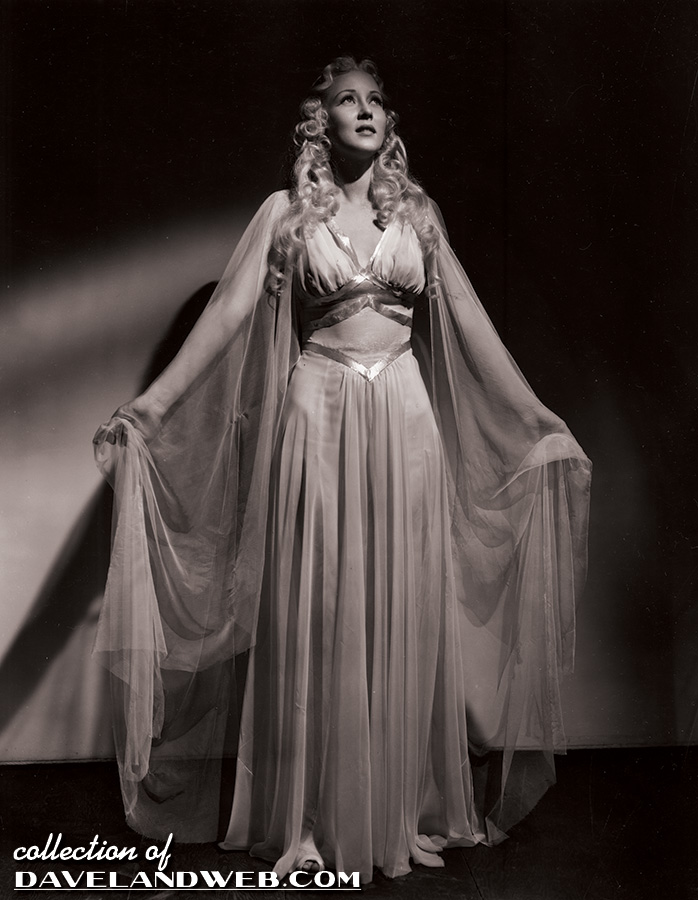
Zanuck also spent a considerable amount of money on this production, especially on the Land of Luxury sequences, as can be attested to by this lavish costume for Laura Hope Crews (Mrs. Luxury):
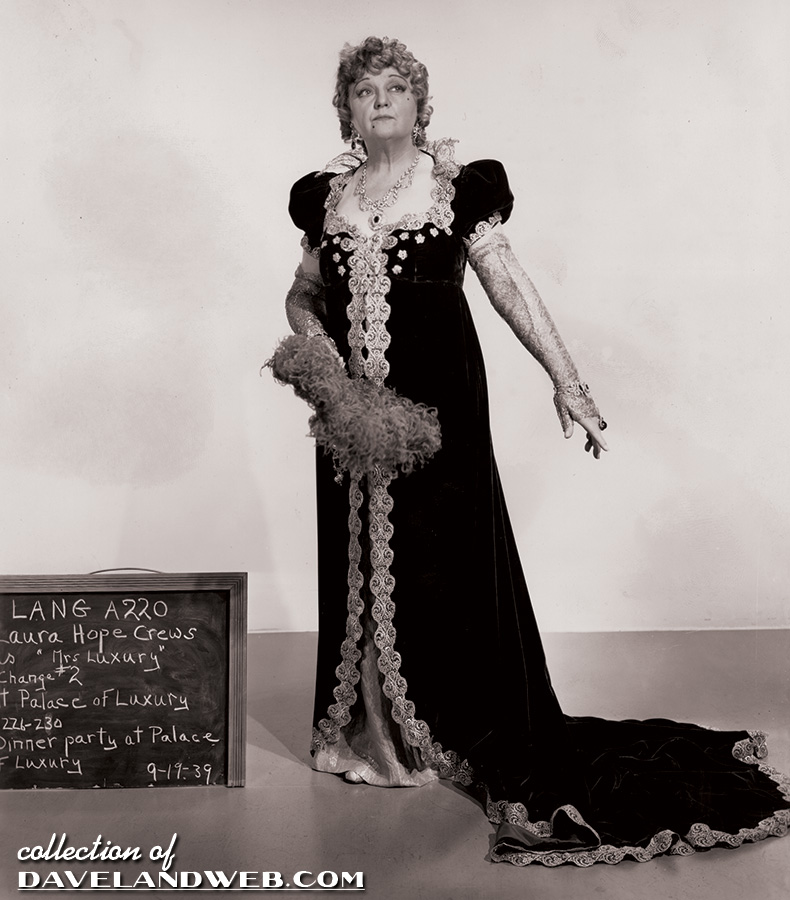
In a way, this candid shot taken on the set of the film sums things up very well...Shirley is attempting to entertain but the people around her seem almost pained and confused (I think Shirley should put the creepy handpuppet away!).
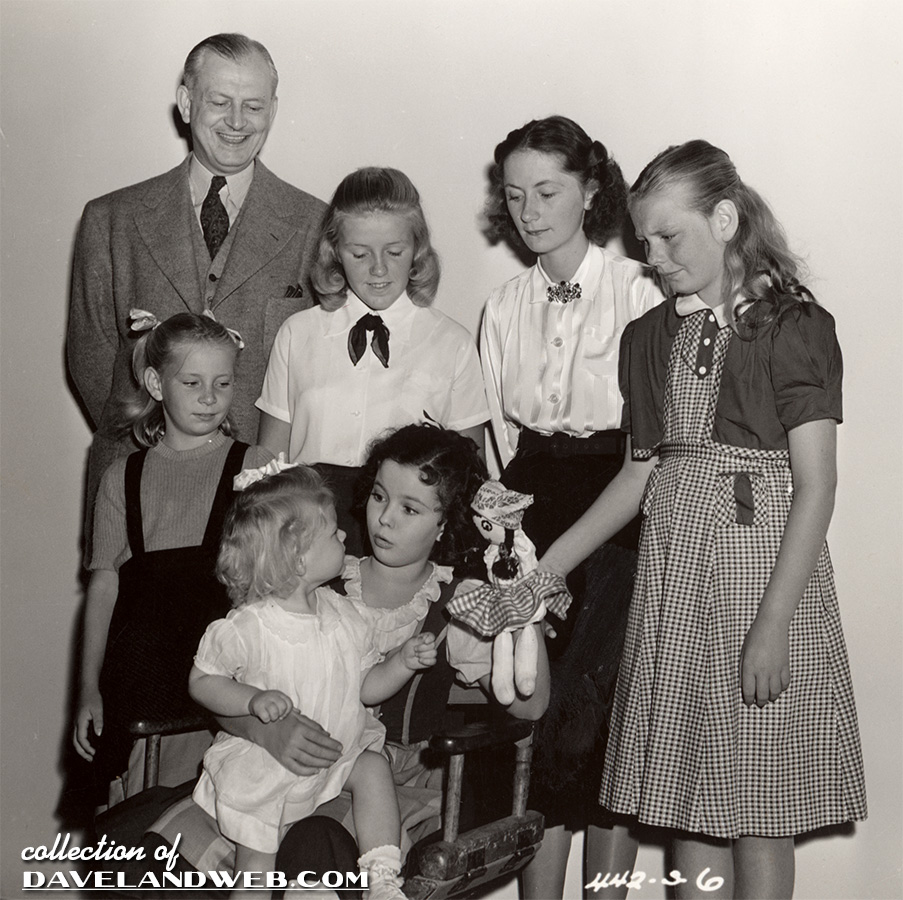
On its initial release, “The Blue Bird” was called “Dead Pigeon” by its detractors. Audiences didn't get it, and most of them (even if they did get it) were less than amazed. Loss of the overseas market due to the War also sealed the fate of this movie which has always been known as the film that killed Shirley’s career. On a brighter note, “The Blue Bird” was nominated for two Oscars: Best Color Cinematography (Arthur C. Miller & Ray Rennahan) and Best Special Effects (Fred Sersen-photographic & Edmund H. Hansen-sound). This was probably very little consolation for studio head Zanuck.
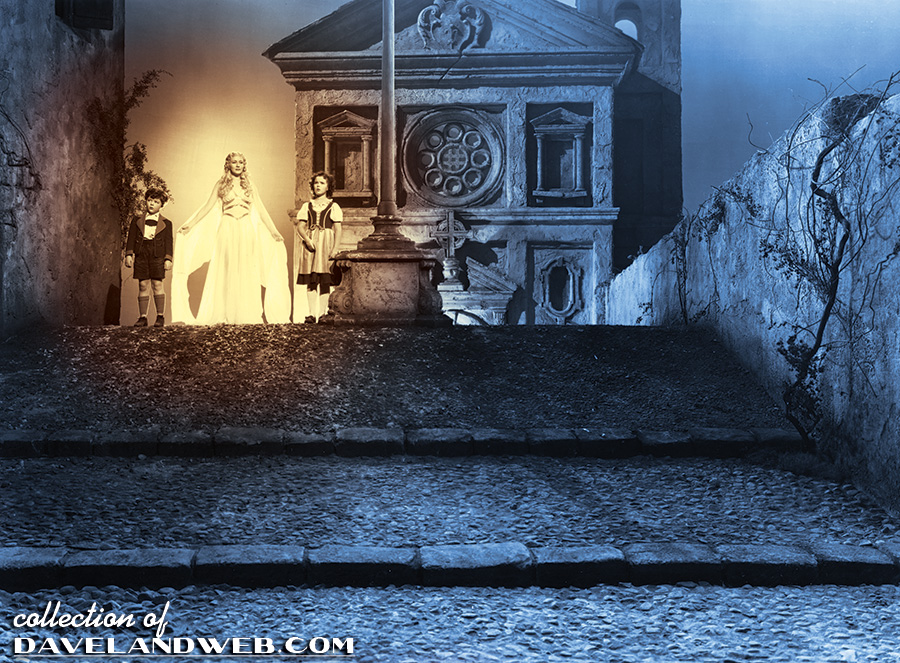
Flash forward to today, and this film has definitely crept up in the respect department. Definitely not as bad as what critics labeled it to be in 1940, it really is a charming and beautiful film. At times, it does appear a little stage-like, but overall, definitely enjoyable (personally, I think “Susannah of the Mounties” (1939) is much worse!). Shirley gives a great performance as the bratty Mytyl, showing the depths of her talent when given a role that she liked. Gale Sondergaard, who turned down the part of the ugly Wicked Witch in “The Wizard of Oz,” is perfectly cast here as the evil yet glamorous feline villain (shown in the photo below on the right).
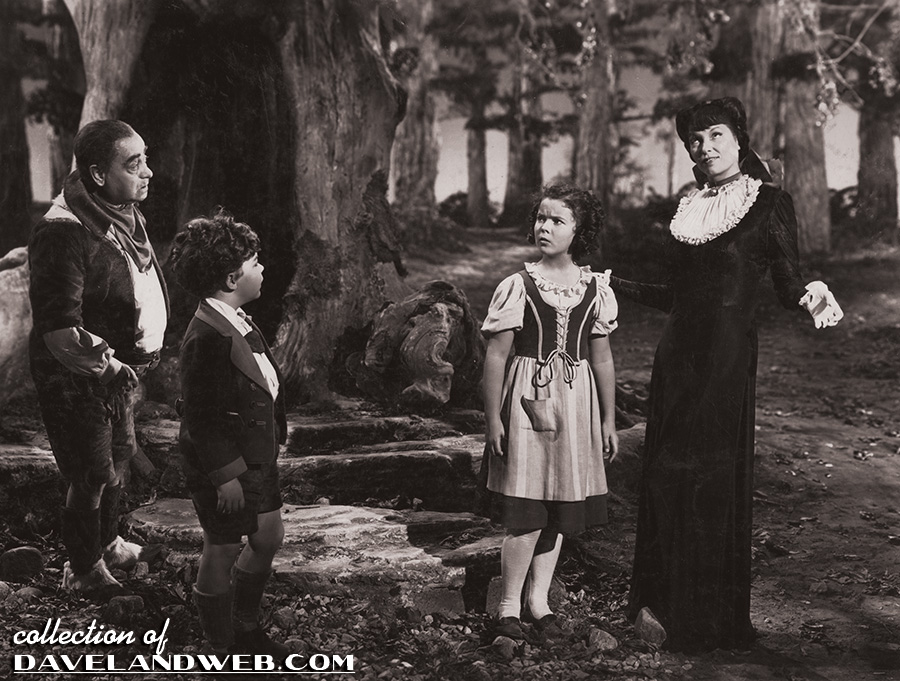
The Technicolor is rich and the sets are marvelous; hard to forget the milk-white Land of the Unborn Children. Yes, slightly creepy in concept, but also very cool. My dad used to tell me how as a little boy, the separation of the young lovers (who were to be born at different times, thus missing each on earth) scene had such an effect on him.
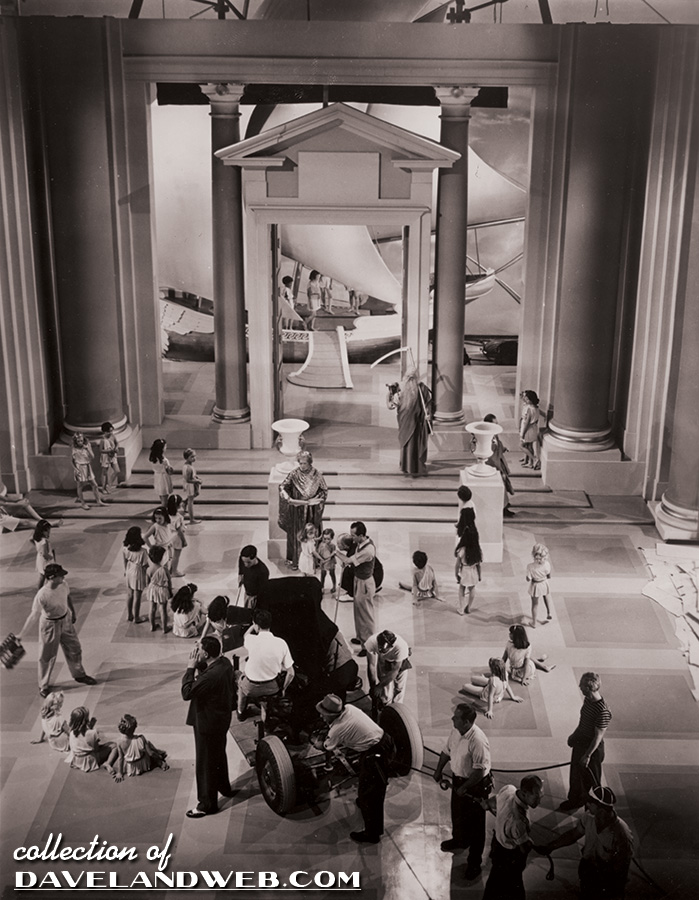
In recent years, actress Sybil Jason has stated in interviews that her most dramatic scene was cut from the movie at the request of Mrs. Temple, for fear that Sybil might overshadow Shirley. The sequence she refers to is the one at the end of the film where her sick (the word "cripple" is never used) character, Angela, is given the Blue Bird by Mytyl (Shirley). The gift of the bird symbolizes that Mytyl has now become a generous little girl, and because of this gesture, Angela is able to get out of bed. According to Jason:
“The finished film didn't make sense at all. One moment Angela is crippled, and the next minute, without explanation except for Mrs. Berlingot's (Celia Loftus) amazement, Angela is pictured outside her house standing up and talking to Mytyl.”
Quite frankly, Mrs. Berlingot's exclamation at Angela walking suffices; no dramatic scene was necessary. Most likely, it would have added a sappy touch of melodrama to the movie that would have been (unintentionally) laughable. Personally, it was probably one of the better decisions that the studio made in editing the film. This still of Sybil & Shirley from the final scene of the film could be titled, “She who laughs last laughs best!” Today, Shirley is still remembered whereas Sybil is virtually forgotten.
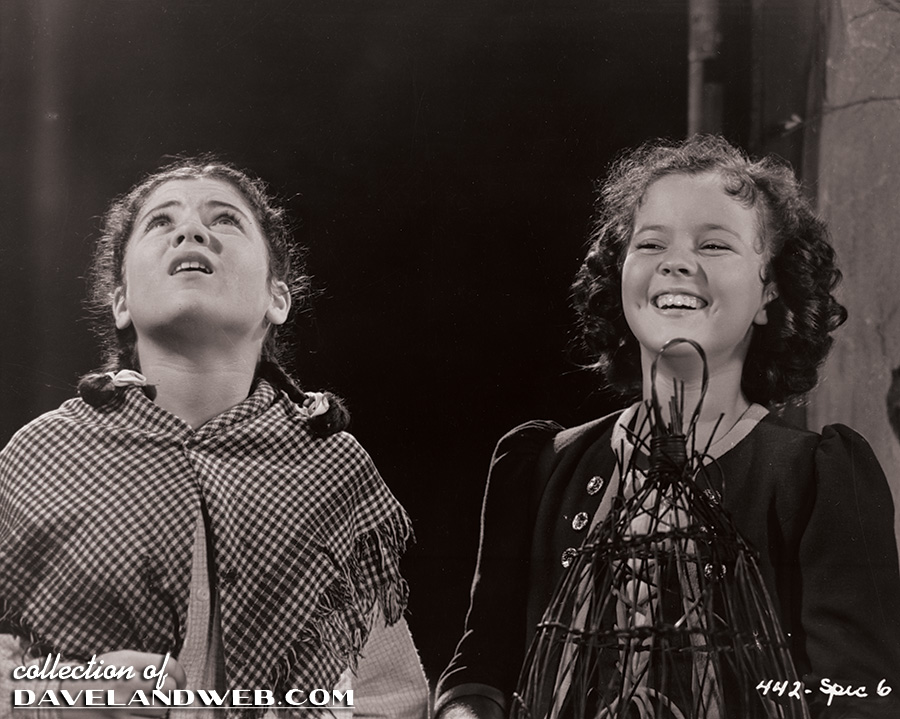
Regardless of its initial showing, this film stands on its own today as fine (albeit slightly flawed) family entertainment.
To see more “The Blue Bird” photos, visit my main website.

